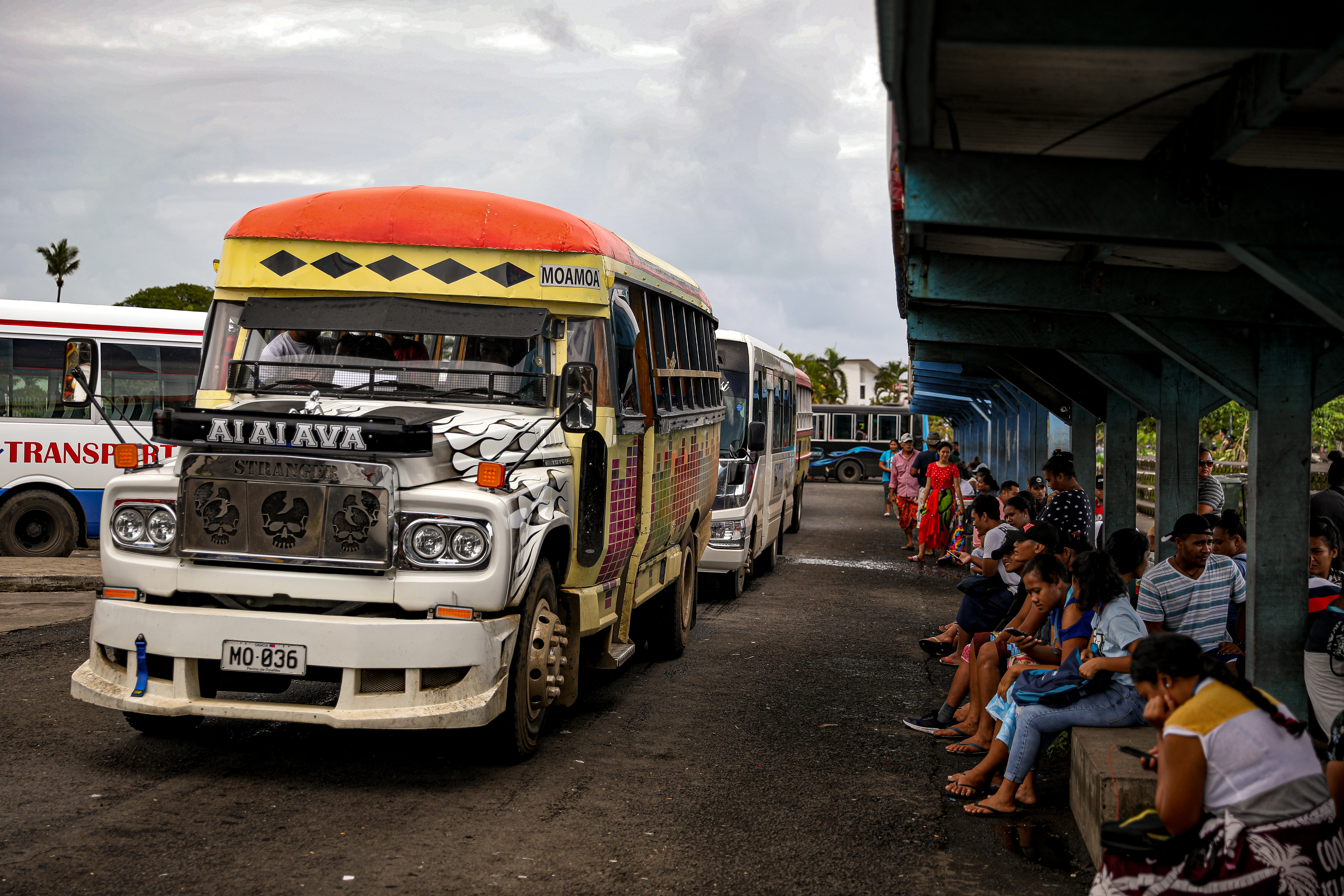Moving forward, development responses in Samoa and other vulnerable Pacific Island Countries must reflect the multidimensionality and interconnected nature of risks. Photo: UNDP Samoa
Samoa’s vulnerability to climate change and disasters is considered a key structural constraint on long-term investment, productivity, and growth (Samoa 2040). The high incidence and severity of disasters has been disruptive to the development trajectory of the country and contributed to widening income and wealth inequalities. Tropical cyclone Evan, which stuck the country in 2012, caused damage to physical assets and losses estimated at 28% of the total value of goods and services produced in the country (GDP) in 2011. An estimated 9,671 work-years of employment – 92% in the agriculture sector – were lost due to the disaster between 2012 and 2014. Climate change remains a major threat to the country, as it will likely impact weather patterns and the frequency and severity of disasters in the region. With 70% of the population living in the nation’s low-lying coastal areas, the prospect of rising sea levels due to climate change also brings with it severe implications for coastal communities, agriculture production and food security, tourism, and the local economy.
The already significant challenge posed by climate change and disaster risk is being exacerbated by their interplay with other multidimensional risks such as the measles outbreak in late 2019 and the COVID-19 pandemic. While Samoa has contained the spread of COVID-19, at least until February 2022, through measures that include strict border control, the pandemic has had a significant impact on the country’s economy: GDP contracted by 12% in real terms between its peak in the third quarter of 2019 and the third quarter of 2021, driven by a collapse of key sectors in the economy such as tourism and commerce. Higher vaccination rates and the prospect of milder COVID variants will likely bring some relief, but the small island nation’s persistent exceptional vulnerability will make it unlikely that Samoa will see an imminent boom in tourism activities and rapid economic recovery.
Remittances, representing 37% of total imports and around 123% of food and live animal imports in 2020 (calculation based on data from IMF Article IV 2021 and SBS’ Merchandise and Trade Report, Jan 2021) have, in additional to foreign aid, played an important role in filling this hole in domestic production. However, this reliance brings with it its own risks, as the pandemic has more recently also been disrupting the two largest recipients of Samoan labour export, New Zealand and Australia.
For now, rising public debt and fiscal deterioration resulting from the economic disruptions associated with the prolonged COVID crisis have significantly decreased financial resilience and exacerbated Samoa’s vulnerability to climate change and disasters, as climate adaptation and mitigation funding is falling short: the IMF estimates the gap in finance for climate-proofing of infrastructure in Samoa to be 2.5% of GDP for extra average annual spending. Such necessary spending will be impeded as public sector debt was already in 2021 assessed at high-risk of external debt distress.
Moving forward, development responses in Samoa and other vulnerable Pacific Island Countries must reflect the multidimensionality and interconnected nature of risks. Recovery efforts will require structural changes to prepare the country to best respond to an array of adverse shocks. Risk-informed planning, budgeting, and investment processes will be key. In the meantime, Samoa will have to continue to rely heavily on international partnerships and cooperation initiatives to weather this period of extreme vulnerability and avert a development crisis.
by Heloisa Marone, UNDP Samoa’s Economist
03 March 2022

 Locations
Locations




